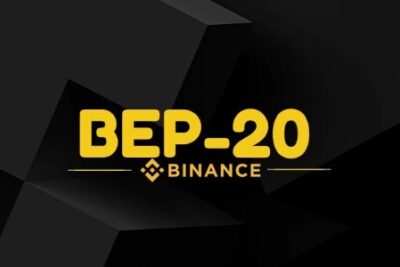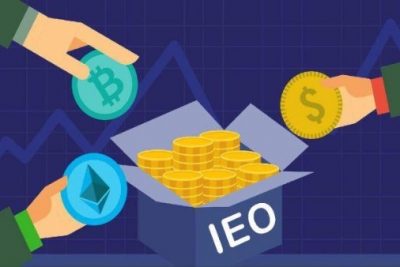

What Are BEP 20 Tokens? Complete Comparison Of BEP20 VS ERC20
30 June 2022
If ERC-20 tokens are the most famous tokens on the Ethereum network, then BEP 20 tokens are tokens of the BNB chain, a competitor, and an alternative for those who don’t want to pay a high fee for Ethereum. If you are looking for info about BEP 20 tokens and the differences between BEP20 and ERC20 this post is all ready for you to explore.
The web3 ecosystem develops when blockchains like Binance Smart Chain emerge (BSC). While Ethereum was the first effort to create an internet computer capable of performing smart contracts with ERC20 as its native token, BSC, with its BEP20 token standard, is gaining popularity as developers see benefits in developing BEP20 tokens on BSC as opposed to ERC20 tokens on Ethereum.
Nevertheless, you may think, “What is BEP 20?” In any event, this bePAY post is going to introduce complete fulfillment information about what is BEP 20.
What Is BEP 20 Token?
BEP-20 tokens represent a variety of crypto assets that do not have their own blockchain and instead live on the Binance Smart Chain (BSC). BEP-20 is an emerging technological standard for the implementation of all smart contracts on the Binance Smart Chain.
BEP 20 Standard
BEP20 is the Binance Smart Chain token standard. In many aspects, it resembles Ethereum’s ERC20 standard; in others, it goes beyond it. BEP20 establishes the regulations that all tokens generated on BSC must adhere to.
The BEP20 token standard on BSC applies to any token released or produced on the platform of Binance Smart Chain. These tokens include utility tokens, stablecoins, and security tokens. Another kind of coinage, known as “Peggy Coins,” is based on the BEP20 standard and may be tied to a variety of assets.
Similar to Ethereum’s gas fees, BNB pays for BEP20 token transactions on the Binance Smart Chain network.

What is BEP 20 token?
How Do BEP 20 Tokens Function?
BEP-20 coins may be deployed with moderate ease. Designed as an extension of the BEP-2 Binance token and ERC-20 tokens, they are compatible with both peg-in and peg-out conversions using the Binance Bridge or any compatible wallet.
According to Binance’s BEP-20 tokens guide, in addition to domestically generated BEP-20 tokens such as Binance coin (BNB) and PancakeSwap (CAKE), there are also “Peggy” coins, which are effectively BEP-20 copies of other crypto assets such as Ether (ETH), Cardano (ADA), and Tether (USDT). Peggy coins are a kind of BEP-20 token on the BSC platform that is tied to and backed by 1:1 crypto assets.
How to create BEP20 tokens? It is quite straightforward, and a quick internet search will provide a number of useful web tutorials on BEP20 token generation. bePAY will help you to create BEP20 tokens by yourself, starting with the most basic guide in the other post for those who are technical users.

How do BEP 20 tokens work?
Top Famous BEP-20 Tokens List
BUSD
Binance USD (BUSD) is among BEP20 tokens a 1:1 USD backed stablecoin created by an exchange in coordination with Paxos and authorized by the New York state department of financial services. Its purpose is to combine the stability of the dollar with blockchain technology.
It is a digital currency launched as an ERC20 token that also supports BEP20. BUSD plays a vital role in payments, transactions, and settlement, as well as in Decentralized Finance, because of its price stability.
>> Learn more about BUSD
Pancake Swap (CAKE)
CAKE is the native token for the Pancakeswap protocol. It was developed on a BEP20 token that was introduced on Binance Smart Chain. The primary objective of CAKE is to incentivize the contribution of liquid assets to the pancakes platform.
CAKE may be used to enter a lottery pool on a Pancakeswap, and this lottery pool can be used to win an NFT (Non-Fungible Token) that can be swapped for CAKE. CAKE may be kept safely on wallets linked to the Binance Smart Chain, such as MetaMask, Trustwallet, and Token Pocket.
PancakeSwap (CAKE) can be purchased and sold on exchanges including Binance, VCC Exchange, BKEX, and Kucoin.
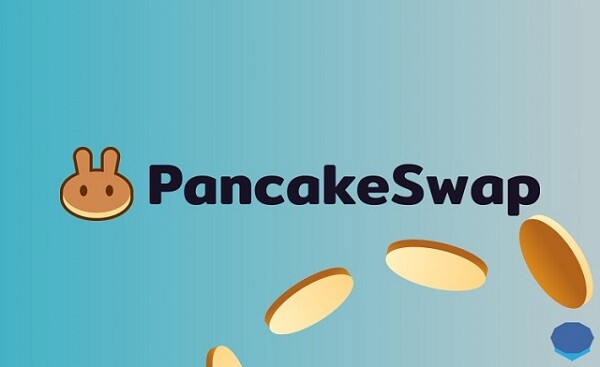
Pancake Swap
>> For those who like to make a deep research on Pancake Swap
Bakery Token (BAKE)
BakerySwap is a decentralized automated market-making (AMM) system built on the Binance Smart Chain. The BakeryToken (BAKE) token on this platform is a native BEP20 governance token. Users may earn extra BAKE tokens by providing liquidity on a Bakeryswap, and BAKE token holders can utilize their tokens for governance voting and transaction fees.
The BAKE is anticipated to deliver more than 10 times the prizes of other pools. Bakeryswap offers two distinct kinds of liquidity pools, with and without BAKE incentives. All swaps and exchanges have a 0.30% fee when using the BAKE token. Bakery LP tokens may be staked by liquidity providers to generate BAKE token payouts. BAKE coin features on-chain security tests and monitoring.
Safemoon (SAFEMOON)
The Safemoon protocol utilizes the SAFEMOON Token as its native token, and Binance Smart Chain may be used as its primary operating framework. SafeMoon intends to establish a non-fungible token (NFT) exchange, in addition to investing in crypto applications and charitable initiatives.
By using the SafeMoon system, token holders will receive an additional SAFEMOON, according to the number of tokens they hold. It is a unique token, comparable to Bitcoin, Ethereum, and other cryptocurrencies.

Safemoon
C.R.E.A.M.
Cream Finance is a decentralized P2P DeFi platform that facilitates digital asset lending, borrowing, payment, and tokenization. It publishes a native token named C.R.E.A.M. Initially scheduled to debut on the Ethereum network, it was released on the Binance Smart Chain network. This token will enable users to lend and borrow assets. CREAM tokens may be used to earn rewards during the stake time. There is now a total quantity of 9 million tokens, of which around 150,000 are in circulation.
Swipe (SXP)
Swipe (SXP) It is a platform that forms a bridge between the fiat and cryptocurrency worlds with three main existing products: the Swipe Multi-asset mobile wallet, the Swipe Cryptocurrency-funded debit card, and the swipe token (SXP). SXP is the native token in the Swip network. These tokens are eligible for exclusive discounts on the Swipe app, and they can be used to make fiat payments with the swipe debit card.
ALPHA
ALPHA was the native token of the Alpha Finance Lab and it was built on the Binance Smart Chain. ALPHA was a utility token where token holders could earn a portion of network fees by staking ALPHA tokens to cover loans. It was supported by one of the most secure public blockchain networks.

Alpha
Ultimate Comparison Of BEP20 VS ERC20 Tokens
Different Characteristics Of BEP20 Vs ERC20 Tokens
The following considerations will assist you in comprehending the primary distinction between BEP20 and ERC20 tokens:
Gas Fees
BEP20 is clearly superior to ERC20 in terms of gas fees. Due to BSC’s PoSA (Proof of Stake Authority) block validation process, the BEP20 coin has a much cheaper transaction cost than ERC20. The average transaction fee for ERC20 tokens is around $12, but BEP20 tokens do not cost more than a few cents.
Ethereum’s intrinsic value is far more than BSC’s. When doing transactions using ERC20 tokens, customers must pay gas costs in Ethereum, which is a little more expensive than BEP20.
Block Validation Rate
The transaction speed or block verification speed differs significantly between ERC20 and BEP20 tokens. The PoSA block validation mechanism provides BEP20 transactions with a quicker execution speed than ERC20 transactions.
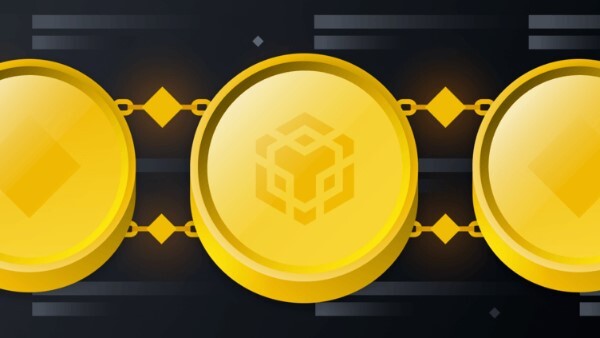
BEP20 vs ERC20 tokens comparison
The average speed of block verification on the underlying blockchains is roughly three seconds for BSC and close to fifteen seconds for Ethereum. Even though Ethereum plans to transition from Proof of Work to Proof of Stake in the next few days, the execution time for ERC20 transactions may decrease even more.
Security
Although BEP-20 tokens provide advantages like quicker transaction speeds and cheaper gas prices, the BSC’s PoSA block validation process has been heavily criticized for its possible security flaw. BSC depends on merely 21 chosen validators for block verification, while Ethereum has over 70,000 validators scattered over the network. Several prospective customers have confidence difficulties due to the limited number of BSC validators.
>> Recommend: Learn more about what is ERC20 Tokens
Same Traits Of BEP20 Vs ERC20 Token
BEP20 is almost identical to ERC20. As an Ethereum alternative, Binance Smart Chain requires a token standard comparable to ERC20. Consequently, several parallels exist between the two token standards, providing insight into their functionality. The BSC BEP20 standard and the Ethereum ERC20 token standard have the following major commonalities.
“TotalSupply” is a smart contract parameter for determining the total quantity of tokens.
“BalanceOf” option for gaining access to information about the number of tokens stored in a user’s Binance Smart Chain BEP20 wallet address.
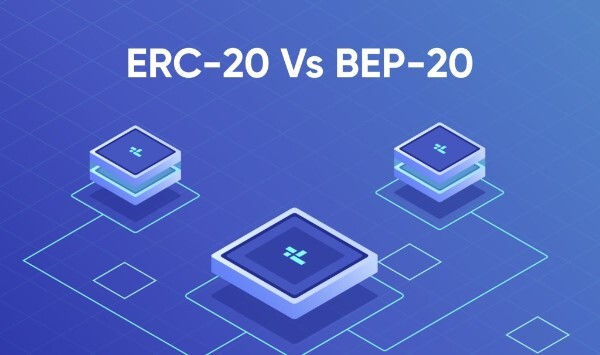
Same traits of BEP20 and ERC20 tokens
BEP20 permits the addition of a human-readable name to a new token, similar to ERC20. In addition, you may establish a ticker symbol for the token and set the token’s divisibility. ERC20 and BEP20 tokens also provide the ability to set transfer requirements between users. The “transferFrom” feature of the BEP20 token standard may do wonders for automating transfers via authorized parties or smart contracts.
You may also use the “Allowance” feature of the BEP20 standard to determine the transaction’s remaining balance. The “Approve” function limits how many tokens a smart contract may remove from your balance.
There are a few discrepancies between the Binance Smart Chain BEP20 standard and the Ethereum ERC23 standard, despite their apparent similarities. In the case of BEP20, for instance, the “symbol,” “name,” and “decimal”‘ functions are required. In contrast, BEP20 has a special “getOwner” method that retrieves information on the owner of BEP20 tokens.
FAQs About BEP 20 Tokens
How May BEP-20 Tokens Be Obtained?
Simply transfer BEP-20 tokens to your Binance Smart Chain account to get them. If you haven’t noticed already, the receiving address for your BEP-20 tokens has the same format as an ETH address and begins with “0x…,” so be careful to specify to the sender which token and network you want to receive.
How Can BEP-20 Tokens Be Sent?
By sending a BEP-20 token, the token contract is informed that a transfer is necessary. The contract requires a fraction of BNB to accomplish this transfer. As a result, BNB is used as the network fee when transmitting BEP-20 tokens.
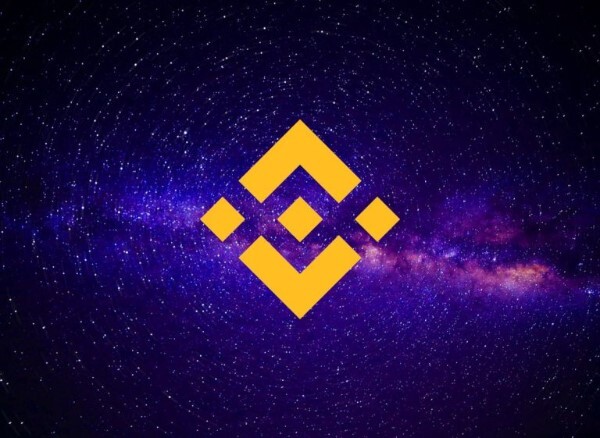
BEP 20 tokens FAQs
This is also why, when your native BNB balance is equal to zero, you will not have the option to transmit BEP-20 tokens from the list of sendable coins.
How Can I Access BSC DApps?
If supported, BSC dApps may be linked to the DeFi Wallet app using WalletConnect. WalletConnect is an open protocol that enables end-to-end encrypted connections between desktop DApps and mobile wallets via QR code scanning. Here are the instructions for connecting to dApps using WalletConnect in the app.
Closing Thoughts
The overview of BEP 20 tokens provided in-depth information about how the new token standard will assist web3 developers. The BEP20 standard, which was developed along the same lines as ERC20, has several unique modifications to functions and additional parameters. BEP20 provides the option to pause network activities in the case of network unavailability or compromised access.
Importantly, prominent examples such as PancakeSwap demonstrate the opportune moment for developing dApps utilizing the BEP20 standard. In addition, the BEP20 standard offers EVM compatibility, which eliminates any usability issues. Additionally, the BEP20 standard offers a number of interesting benefits for the web3 environment. Learn more about BEP20 coins and their relevance within the web3 ecosystem as a whole.
